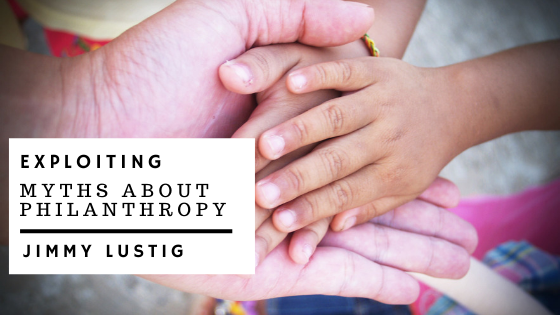The word “philanthropist” is often mentioned when discussing people of considerable wealth. For instance, Oprah Winfrey, Bill Gates, and Warren Buffet are well-known philanthropists. But what if you’re not a millionaire? Can you still become a philanthropist? The answer is yes!
What is a Philanthropist?
A philanthropist is a person who works to create a better world. They do this work in a number of ways. Perhaps they donate money to a charity or a cause, or they might use their talent, time, or skills to help make the world a better place and improve society as a whole.
In short, philanthropists have a desire to help others and solve world problems. It’s more about the person’s character than it is about how much money is in their bank account.
Most people think in order to become a philanthropist, you must have millions of dollars in the bank. But anyone, no matter their net worth, can participate in philanthropic activities.
Ways to Become a Philanthropist
You don’t need a lot of money to become a philanthropist. Having money doesn’t hurt, but it’s not a necessity. Instead of donating money, you can use your talent, time, or skills to impact the world positively.
For instance, you can serve food to the homeless, volunteer at a shelter for battered women and children, or tutor at-risk teens. And there’s also evidence that philanthropy also helps the person doing the giving. For example, it can help you learn to do good things without expecting anything in return. And if you’re an entrepreneur, philanthropy can benefit your business by helping you learn to think more creatively.
And if you do have money to share, several charitable organizations can use your help. Just remember to research first, and make sure you’re donating to a legitimate charity and a worthy cause. But remember, money isn’t a deciding factor in who qualifies as a philanthropist. Mother Teresa was a famous philanthropist who positively affected many lives, but she was far from a millionaire.
Most philanthropists aren’t famous or millionaires. They’re everyday people who just want to make the world a better place for everyone.










